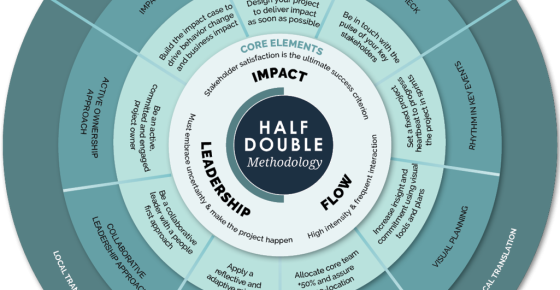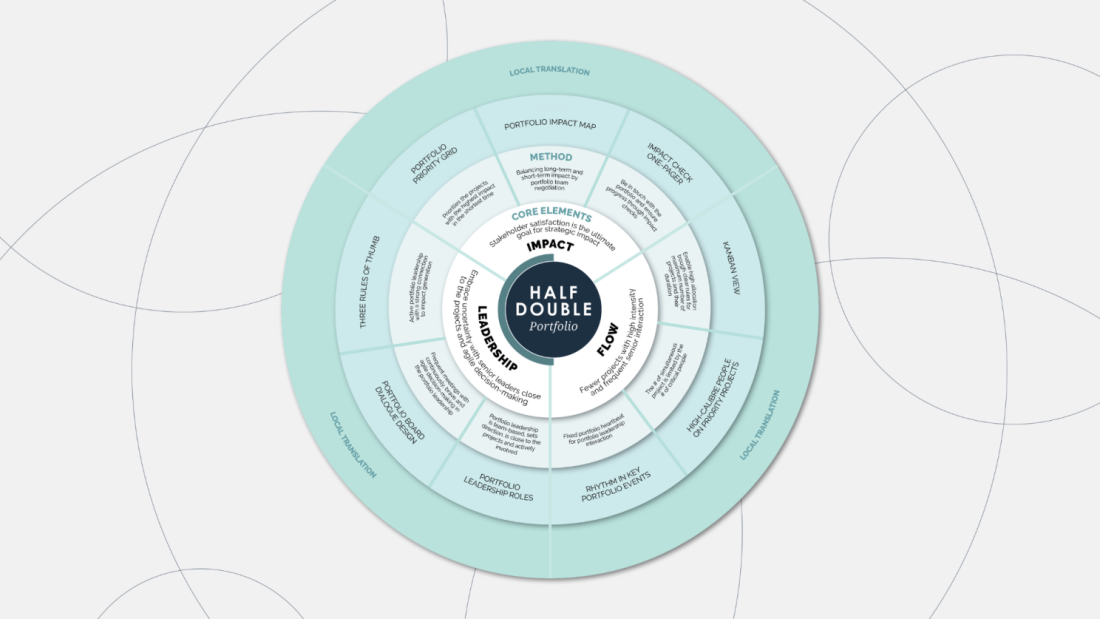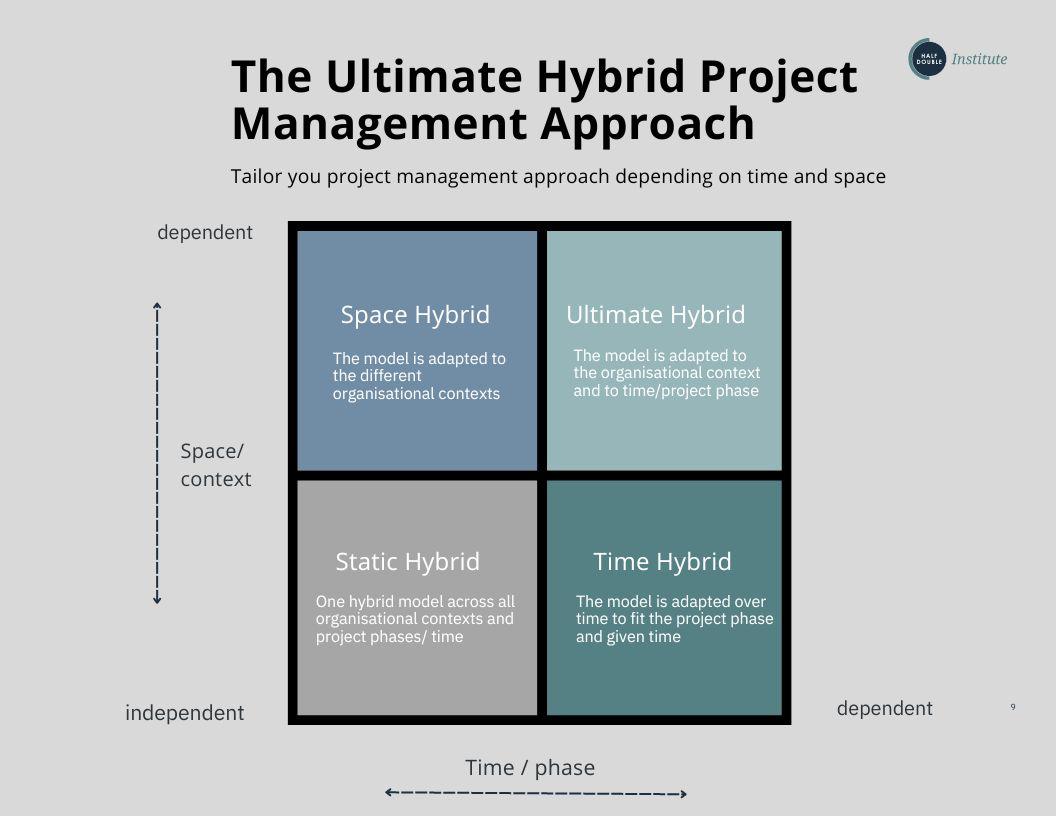By Christina Sejr Pedersen, Director of the Half Double Institute
The hybrid approach to project management is becoming increasingly important in today’s project landscape – and for good reason. In my view, there is a need to rethink our approach to project management to meet the complexities of modern projects. This is especially true for so-called mega-projects, which are crucial to the green transition.
Fortunately, interest in the hybrid approach is growing, but in many cases, the understanding remains too narrow to fully harness its potential. More on that later.
The Need for a Hybrid Approach
Today’s programme and project managers face an increasingly complex stakeholder landscape, faster development speeds, and far more crises than ever before. Relying solely on either a traditional or an agile project model can quickly become limiting. Therefore, it is essential to adapt our project management methods at the project, portfolio, and organisational levels to better reflect reality.
The Modern Organisation as a Project Factory
Many modern organisations operate almost as project factories. Yet, only about 30 per cent of projects today are considered successful. This clearly highlights the need for improved methods and approaches. Hybrid project management, like the Half Double model, which combines agile and traditional methods, can offer a solution by providing greater flexibility to manage the pace of change and complexity that are inherent in most projects today, across sectors and industries.
Advantages of the Hybrid Approach at the Project Level
A hybrid approach to project management combines the structure of traditional project management with agile flexibility. This allows for iterative development and ongoing feedback while maintaining clear project deadlines and milestones. Traditional methods provide thorough risk assessment and management plans, while agile allows for quick adaptation and response to emerging risks. Moreover, agile practices promote constant communication and collaboration within teams, while traditional methods ensure comprehensive stakeholder analysis upfront.
This combination offers better resource management by merging the predictability of traditional project planning with the adaptive resource allocation methods found in agile. However, it’s worth noting that hybrid project management requires a more adaptable and flexible leadership style, which is crucial for success and is a core element of the Half Double approach.
The Benefits of the Hybrid Approach at the Portfolio Level
At the portfolio level, a hybrid approach optimises resource utilisation by balancing allocation across projects to meet both stable and dynamic project needs. While traditional project management provides detailed reporting and control mechanisms, agile offers continuous updates and visibility into project progress. This combination aids in better portfolio management and ensures that the portfolio remains aligned with dynamic business objectives. A hybrid portfolio can also spread risk by balancing high-risk, high-reward agile projects with traditional projects where predictability and risks are lower. This enhances overall portfolio stability and resilience in the business.






